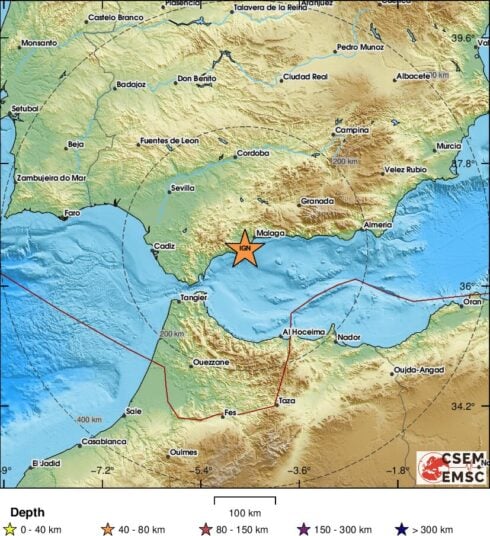LANDLORDS in Spain are abandoning long-term tenants for tourists after new data revealed they can almost double their profits by turning homes into short-stay apartments.
Figures from Spain’s Tax Agency show that in the Balearic Islands, tourist rentals are 92% more profitable than traditional lets. In Barcelona the gap is 56%, in Madrid 55%, and nationwide the average is 35%.
In practice, that means a Madrid landlord would earn around €10,000 a year from a residential rental – but a far fatter €15,000 if the same property were let to tourists.
READ MORE: The cost of renting a property in Spain soared by 14.1% in July
In the Balearics, the difference is even starker: €9,000 from a tenant would pay out €18,000 from Airbnb.
“This is the main reason why landlords evict tenants and convert homes into tourist apartments,” explained Javier Gil, an architect and urban planner who has studied the phenomenon. “It’s about money.”
“These conversions are not about security or legal fears.
“With a tenant, the landlord cannot touch the property and contracts last five to seven years.
READ MORE: The cost of renting a property in Spain soared by 14.1% in July
“Even if the market skyrockets, they cannot suddenly raise the rent. With tourists, every booking is a chance to charge more.
“Tenants have rights. That’s a problem for landlords. Tourists don’t.”
The consequences are being felt across Spain’s overheated housing market.
The supply of long-term rentals is shrinking, rents are rising, and tenants face ever more precarious conditions.
Expats and young Spaniards alike are being priced out, particularly in coastal and tourist-heavy areas such as Ibiza, Mallorca, Barcelona and Malaga.
Spain already has nearly 400,000 tourist apartments listed – homes that experts say could return to the residential market if tighter rules were enforced.
But while Spain struggles to get a grip, other cities have already taken radical action.
In New York, new laws forced online platforms to register rentals with the city and banned most short-term lets in entire apartments.
Practically overnight, 15,000 Airbnb listings vanished, stripping 90% of the supply. Thousands of those properties have since returned to the long-term rental market.
In Paris, tourist apartments are capped at 90 days per year, and only for an owner’s primary residence. Anything more requires a difficult-to-obtain commercial licence. Strict fines are imposed on landlords and platforms that break the rules.
READ MORE: Spending power of foreign property buyers in Spain levelled up in 2024 as prices soar
Amsterdam has gone even further, at times banning tourist rentals outright in central districts and imposing a maximum of 30 nights per year for private homes.
San Francisco requires hosts to register, prove residency and stick to a 90-day annual cap on rentals when they are not present. Breaking the rules leads to hefty fines and de-listing from platforms.
In each case, the result has been the same: tourist rentals become less profitable, and many properties flow back into the residential market.
Gil and other experts argue that Spain could apply similar rules, but it would require national legislation to prevent loopholes and regional discrepancies.
“In Spain, we need a law that prevents homes being turned into clandestine hotels,” Gil said. “If New York can make 15,000 flats disappear in a day, Spain could bring hundreds of thousands back into the rental market.”
Click here to read more Property News from The Olive Press.









Surprising that your article contains no numbers to evidence how many tenanted apartments have been switched. Plenty of numbers on why a landlord might consider the switch. They make it feel like there is a landslide of switching going on.